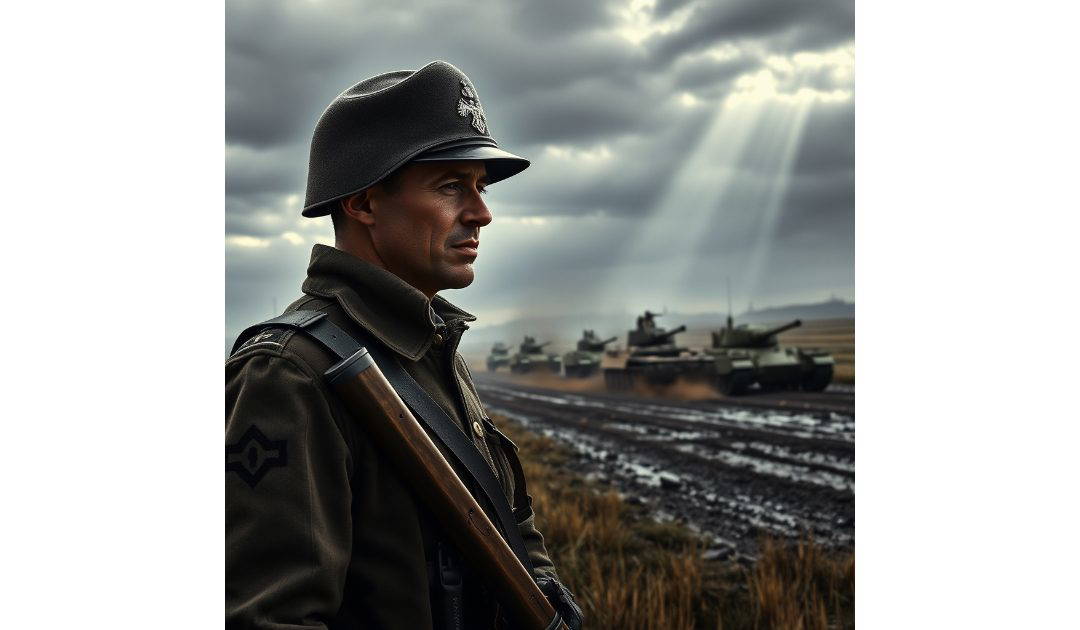On the 22nd of June, 1941, Nazi Germany invaded the Soviet Union in Operation Barbarossa. Named after the medieval Holy Roman Emperor Frederick Barbarossa, the operation was driven by Adolf Hitler’s ideological goals and strategic objectives, fundamentally altering the trajectory of the war.
By 1941, Germany had already conquered large swathes of Europe, including Poland, France, and the Low Countries. The Nazi-Soviet Pact of 1939, a non-aggression treaty, had temporarily kept hostilities between Germany and the Soviet Union at bay. However, Hitler had always viewed this pact as a temporary strategy to buy time. His ultimate ambition was rooted in the concept of Lebensraum (living space), which envisioned territorial expansion eastward to provide resources and land for the German people.
Operation Barbarossa aimed to achieve several key objectives. The plan was to swiftly defeat the Soviet Union through a series of rapid, coordinated offensives, thereby avoiding the prolonged trench warfare experienced during the First World War. The German High Command devised a three-pronged attack: Army Group North would advance through the Baltic States towards Leningrad (now St. Petersburg). Army Group Centre targeted Moscow, the Soviet capital and a vital political and logistical hub. Army Group South aimed to capture Ukraine, rich in agricultural and industrial resources. The Germans believed that the Soviet Union would collapse quickly under the weight of this blitzkrieg (lightning war) strategy.
At dawn on the 22nd of June 1941, over three million German soldiers, supported by thousands of tanks, aircraft, and artillery units, surged across the Soviet border. They were joined by troops from Axis allies, including Romania, Finland, and Hungary. The Soviets were caught off guard, despite some intelligence warnings. The initial German advance was breathtakingly swift. Soviet air forces were decimated on the ground, and hundreds of thousands of Red Army soldiers were encircled and captured in massive pincer movements.
However, the vastness of the Soviet Union, coupled with logistical challenges, began to strain the German war machine. Supply lines were overstretched, and the terrain proved more challenging than anticipated. The Germans were unprepared for the harsh Russian weather, particularly the infamous rasputitsa—seasonal mud that bogged down vehicles and slowed troop movements.
As the Germans closed in on Moscow, the tide began to turn. The Soviets, under the leadership of Joseph Stalin, managed to reorganise and mount a formidable defence. The arrival of fresh Siberian troops, accustomed to harsh winter conditions, played a crucial role. In December 1941, the Soviet counteroffensive pushed the Germans back from the outskirts of Moscow, marking the first major German defeat of the war.
Operation Barbarossa did not achieve its primary objectives. Instead of a quick victory, Germany found itself embroiled in a brutal, protracted conflict on the Eastern Front. The failure to capture Moscow, coupled with the inability to decisively cripple the Soviet Union, marked the beginning of a strategic shift. The Eastern Front became a quagmire that drained German resources and manpower, contributing significantly to the eventual downfall of the Third Reich.
The operation also unleashed unimaginable suffering. The war on the Eastern Front was characterised by unprecedented brutality, with widespread atrocities committed against both military and civilian populations. The Nazi regime’s genocidal policies, including the Holocaust, were intensified during this period, targeting Jews, Slavs, and other groups deemed undesirable by the regime.
Operation Barbarossa stands as a stark reminder of the catastrophic consequences of ideological fanaticism and military overreach. It not only altered the course of the Second World War but also reshaped the geopolitical landscape of the post-war world. The Eastern Front became the deadliest theatre of the conflict, with tens of millions of lives lost.

